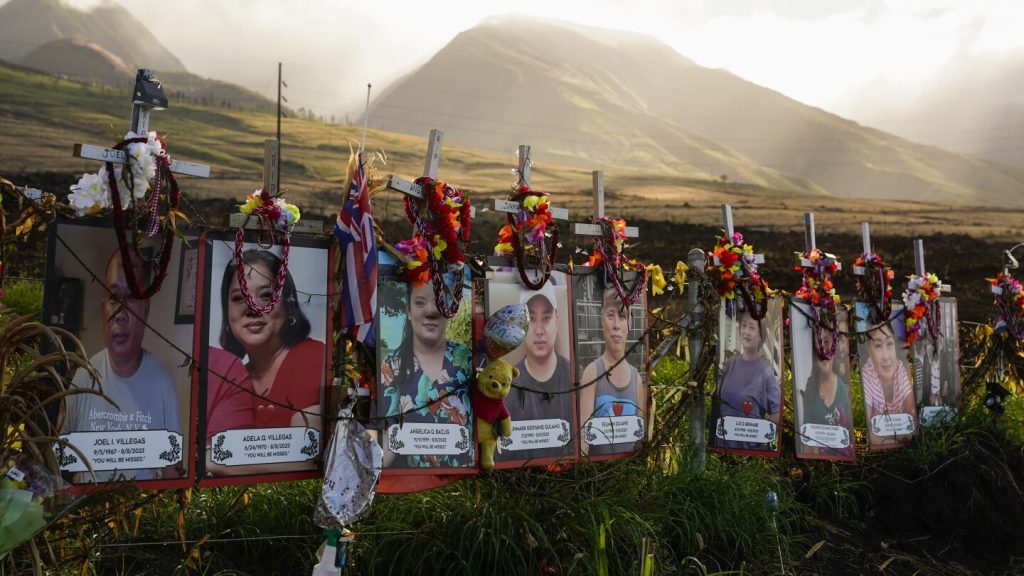A new report from the Maui Fire Department and the U.S. Bureau of Alcohol, Tobacco, Firearms and Explosives sheds light on the cause of the deadliest wildfire in the U.S. in over a century that burned through the historic Maui town of Lahaina, killing 102 people. The report reveals that the fire was a rekindling of a blaze that began when a broken power line hit the ground, igniting brush near a large subdivision. The report did not address liability but made it clear that the catastrophic event was the result of one fire originating from Hawaiian Electric utility equipment failure.
Leading up to the fire, several factors contributed to the disaster. No significant steps were taken to mitigate wildfire risk despite previous brush fires destroying homes in the area. A flash drought left the landscape bone-dry, and the National Weather Service issued a “red flag warning” days in advance of the disaster, predicting high winds. However, Hawaii officials did not make preparations for the impending danger. The fire started when a live power line fell and ignited overgrown brush near the edge of town, with the wind likely causing it to rekindle after fire crews initially believed it was extinguished.
During the evacuation, communication failures exacerbated the situation, with high winds knocking out electricity and cellphone networks, leaving residents without emergency alerts or a way to reach loved ones. Maui County officials failed to sound emergency sirens, and police closed key evacuation routes, causing gridlock in the town. The Maui Police Department reported that 102 people died in the fire, with two still missing. Many victims were in their 60s or older, and some perished in their vehicles, burning buildings, or while trying to flee outside.
Following the catastrophic event, thousands of Lahaina residents sued Hawaiian Electric, Maui County, and the state of Hawaii for their alleged roles in the fire. Hawaii Governor Josh Green announced a $4 billion settlement, but the deal is currently held up in court as the Hawaii Supreme Court considers whether insurance companies can separately sue the defendants to recoup payments to policyholders. If the court allows insurance companies to pursue separate suits, it could jeopardize the settlement and lead to prolonged litigation. Various reports have been released detailing the failures in emergency response and the challenges faced by first responders during the Lahaina wildfire, with recommendations for avoiding similar disasters in the future.
The Hawaii Attorney General’s office commissioned reports from the Fire Safety Research Institute and the Western Fire Chiefs Association, highlighting the lack of preparation and the challenges faced by agencies during the fire. The expectation is that the reports will lead to recommendations for preventing future disasters. Additionally, the Insurance Institute for Business & Home Safety examined the Lahaina disaster to provide guidance on steps communities can take to reduce the likelihood of similar wildfires, such as establishing fuel breaks, using fire-resistant materials, and reducing flammable connections between homes. As the community continues to recover from the tragic event, the focus remains on improving emergency preparedness and response to prevent such devastation from occurring again in the future.















